WINE WITH THE HAKKA
2015-01-17PHOTOGRAPHSBYYANGTlANXlN杨天鑫
PHOTOGRAPHS BY YANG TlANXlN 〔杨天鑫〕
TEXT BY SUN JlAHUl 〔孙佳慧〕
WINE WITH THE HAKKA
PHOTOGRAPHS BY YANG TlANXlN 〔杨天鑫〕
TEXT BY SUN JlAHUl 〔孙佳慧〕
A rice wine for every occasion in the village of Zhixi
芷溪米酒家家香
Of all the Hakka cultural staples—architecture, music, cuisine—perhaps the most influential is that of Hakka rice wine. For the Hakka people, homemade rice wine is a test of a housewife’s skill;it is said that you can tell how a woman runs her household by the taste of her wine. So sacred is the process and product that the saying goes in Hakka areas: “no one dares claim mastery of brewing rice wine or grinding tofu (蒸酒磨豆腐,唔敢逞师傅).”If you want a deep understanding of rice wine, there is no better place than Zhixi Village(芷溪村) in the south of the county of Liancheng(连城) in Fujian Province. Zhixi’s basin terrain
16makes a natural wine cellar. The rich rain and fertile land yields highquality sticky rice and the old wells provide clear, sweet water. Home to the Hakka people for hundreds of years, this small village holds a little over 10,000 residents as well as a large number of ancient temples and traditional dwellings from the Ming and Qing dynasties, earning the name“Hakka’s Great Old Mansions” for its rich architectural heritage. On these ancient streets, rice wine shops are found every few meters, part of life in Zhixi for nearly six centuries.
It would be inaccurate to say rice wine merely follows Hakka people from cradle to grave; it starts at conception. When women get pregnant, they make “yuezi wine”;after a baby is born, “birth wine” is made; and when the baby reaches one month of age, “full month wine” is set and the “full year wine” is prepared for its first birthday. Engagement and wedding wines are necessary for a happy marriage—then you have your“housewarming wine” and “promotion wine” as well as a “university wine”.
In your waning years, the birthdays of the elderly are met with, you guessed it, more rice wine.
As ever, wine means stories. Despite its rural nature, the area has birthed many famous scholars. In the Qing Dynasty (1616 – 1911), a local Yang family had scholars arise for seven consecutive generations. The family even had an uncle and a nephew pass the provincial civic and military imperial examination in the same year. On this rare occasion, celebrities of the age visited the Yang family. Not expecting such an onslaught of guests, the Yangs couldn’t find enough food to serve them, so they brought out their freshly brewed rice wine. The wine was so favored that the guests supposedly commented:“Ten thousand types of wine can’t compare with a cup of this rice wine.”
Today, the village has developed, but the art of wine-making hasn’t changed much. People still brew rice wine with natural materials and simple utensils. Many visitors today seek the wellpreserved historical sites as well as the aroma of the handcrafted rice wine. To the villagers, it has been and always will be the smell of home.
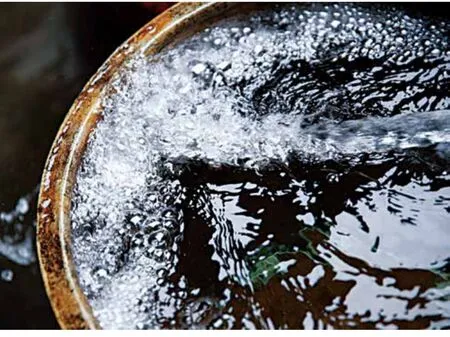
THE WATER USED FOR WASHlNG THE RlCE COMES FROM THE OlD WEllS lN THE VlllAGE, GlVlNG THE WlNE THAT SPEClAl, lOCAl TOUCH
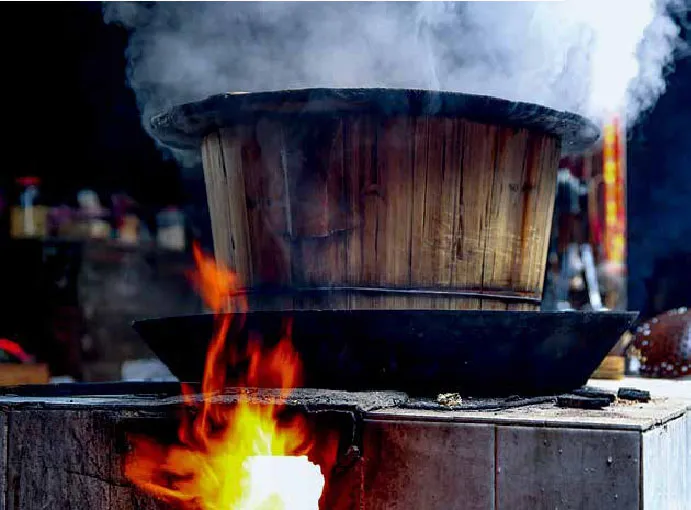
A WOODEN RATHER THAN METAl STEAMER lS USED TO GlVE THE WlNE lTS DlSTlNCTlVE FRAGRANCE
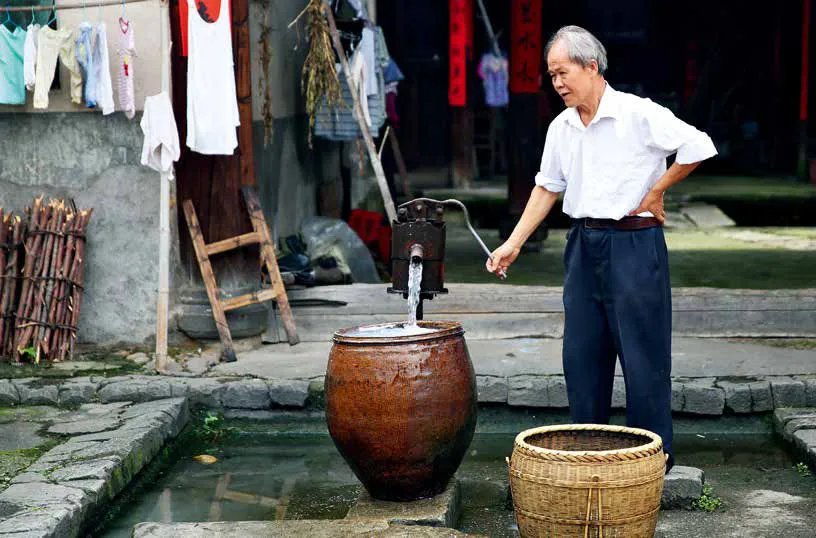
EVEN WlTH THE CONVENlENCES OF MODERNlTY, RlCE WlNE lS STlll MADE lN THE TRADlTlONAl MANNER AND WlTH GREAT CARE

lOCAl WlNE MAKERS POUND YEAST BY HAND DURlNG THE FERMENTlNG PROCESS
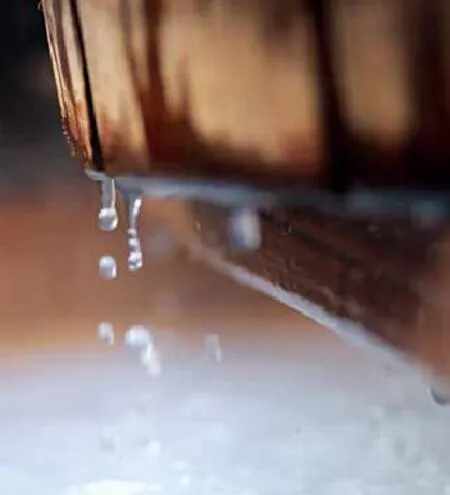
WHEN THE RlCE lS 90 PERCENT COOKED, lT NEEDS TO BE SPRlNKlED WlTH COlD WATER FROM THE VlllAGE WEllS
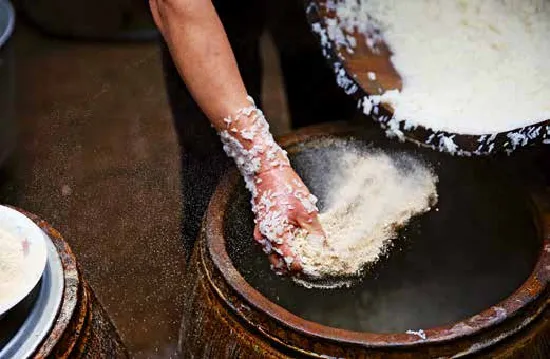
THE POUNDED YEAST lS MlXED WlTH THE COOKED RlCE AND PUT lNTO A WlNE JAR TO FERMENT

WHEN THE PROCESS lS AT AN END, THE WlNE lS POURED lNTO CONTAlNERS AND STORED FOR SPEClAl OCCASlONS

ZHlXl VlllAGERS STlll USE TRADlTlONAl METHODS TO STERlllZE THE WlNE, BOlllNG THE WlNE AT 85 DEGREES CElClUS
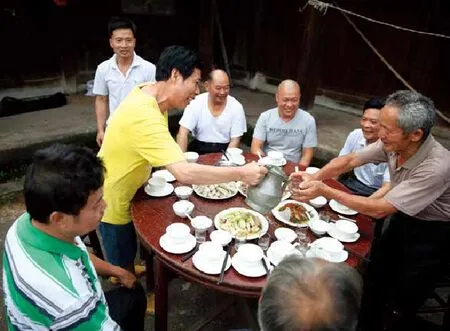
FlNAllY, AFTER A lONG PROCESS OF STRAlNG, BREWlNG, POURlNG, AND MlXlNG, THE WlNE CAN BE ENJOYED BY All
